Dear classics readers,
In a month’s time, on 19 September, it will be International Talk Like a Pirate Day.
So that you can get in training – and inspired by the pirates in Robinson Crusoe – here is a round-up of ten classic pirate books. I have omitted perhaps the two most obvious choices, Treasure Island and A High Wind in Jamaica, because I included them in last month’s round-up of island novels.
The Collected Peter Pan by J. M. Barrie (1902-11)
Peter Pan, the boy who refused to grow up, is one of the immortals of children’s literature. J. M. Barrie first created Peter Pan as a baby, living in secret with the birds and fairies in the middle of London, but as the children for whom he invented the stories grew older, so too did Peter, reappearing in Neverland, where he was pitted against Captain Hook and aided in his epic battles by the motherly and resourceful Wendy Darling. Since then Peter Pan has become a cultural icon and symbol for escapism and innocence, remaining popular with both children and adults. In this collected edition, Robert Douglas-Fairhurst brings together five of the main versions of the Peter Pan story, from Peter Pan’s first appearance in The Little White Bird, to his novelisation of the story, the stage version, and unrealised silent film script.
[UK / US] Oxford World’s Classics | 528 pages | introduced by Robert Douglas-Fairhurst
‘The Widow Ching – Pirate’ in The Universal History of Iniquity by Jorge Luis Borges (1935)
Borges’ first collection of stories. In his writing, Borges always combined high seriousness with a wicked sense of fun. Here he reveals his delight in re-creating (or making up) colourful stories from the Orient, the Islamic world, and the Wild West, as well as his horrified fascination with knife fights, political and personal betrayal, and bloodthirsty revenge, including the story of the Widow Ching, a nineteenth-century pirate leader in the South China Sea. Sparkling with the sheer exuberant pleasure of story-telling, this collection marked the emergence of an utterly distinctive literary voice.
[UK] Penguin Modern Classics | 112 pages | translated by Andrew Hurley
[US] Penguin Classics | 120 pages | translated by Andrew Hurley
Cities of the Red Night by William S. Burroughs (1981)
An opium addict is lost in the jungle; young men wage war against an empire of mutants; a handsome young pirate faces his execution; and the world’s population is infected with a radioactive epidemic. These stories are woven together in a single tale of mayhem and chaos. In the first novel of the trilogy continued in The Place of Dead Roads and The Western Lands, William Burroughs sharply satirizes modern society in a poetic and shocking story of sex, drugs, disease and adventure.
[UK] Penguin Modern Classics | 352 pages
[US] Picador | 352 pages
The Pyrates by George Macdonald Fraser (1983)
The Pyrates is all the swashbucklers that ever were, rolled into one great Technicoloured pantomime – tall ships and desert islands, impossibly gallant adventurers and glamorous heroines, buried treasure and Black Spots, devilish Dons and ghastly dungeons, plots, duels, escapes, savage rituals, tender romance and steaming passion, all to the accompaniment of ringing steel, thunderous broadsides, sweeping film music, and the sound of cursing extras falling in the water and exchanging period dialogue. Even Hollywood buccaneers were never like this.
[UK] HarperCollins | 432 pages
[US] Lyons Press | 416 pages
The Princess Bride by William Goldman (1973)
Beautiful, flaxen-haired Buttercup has fallen for Westley, the farm boy, and when he departs to make his fortune, she vows never to love another. So when she hears that his ship has been captured by the Dread Pirate Roberts – who never leaves survivors – her heart is broken. But her charms draw the attention of the relentless Prince Humperdinck who wants a wife and will go to any lengths to have Buttercup. So starts a fairytale like no other, of fencing, fighting, torture, poison, true love, hate, revenge, giants, hunters, bad men, good men, beautifulest ladies, snakes, spiders, beasts, chases, escapes, lies, truths, passion and miracles.
[UK] Bloomsbury | 416 pages
[US] Harper Perennial | 464 pages
The Secret of the Unicorn by Hergé (1942-3)
When Tintin stumbles across a model ship at the Old Street Market, he buys it as a gift for his friend Captain Haddock. But this isn’t just any old model ship . . . it’s the Unicorn. Built by one of Haddock’s ancestors it holds a clue to finding the treasure of a notorious pirate.
[UK] Farshore | 64 pages | translated by Leslie Lonsdale-Cooper and Michael Turner
[US] Little, Brown | 64 pages | translated by Leslie Lonsdale-Cooper and Michael Turner
A General History of the Robberies and Murders of the Most Notorious Pirates by Charles Johnson (1724)
Captain Charles Johnson’s General History of Pirates was one of the best-selling books of 1724, when it was first published. It provides a sweeping account of what has come to be called the Golden Age of Piracy. It went through four editions in two years, and without doubt owed a substantial part of its success to a dramatic writing style that vividly captures the realities of pirates’ savage existence. The book contains documentary evidence of events during the lives of its subjects. In the 270 years since its original publication, Johnson's work has come to be regarded as the classic study of one of the most popular subjects in maritime history.
[UK] Bloomsbury | 384 pages | introduced by David Cordingly
‘The Gold-Bug’ in Selected Works by Edgar Allan Poe (1843)
William Legrand finds a mysterious golden-coloured scarab near his home on Sullivan’s Island, South Carolina, and becomes obsessed with deciphering the cryptic symbols written on an old parchment. Assisted by his servant Jupiter and the unnamed narrator, Legrand decodes a hidden message that reveals directions to buried treasure once belonging to the infamous pirate Captain Kidd.
[UK] Collins Classics | 304 pages
Cup of Gold by John Steinbeck (1929)
From the mid-1650s through the 1660s, Henry Morgan, a pirate and outlaw of legendary viciousness, ruled the Spanish Main. He ravaged the coasts of Cuba and America, striking terror wherever he went. Morgan was obsessive. He had two driving ambitions: to possess the beautiful woman called La Santa Roja and to conquer Panama, the “cup of gold.” Cup of Gold is a lush, lyrical swashbuckling pirate fantasy, and sure to add new dimensions to readers’ perceptions of this all-American writer.
[UK] Penguin Modern Classics | 240 pages
[US] Penguin Classics | 187 pages | introduced by Susan F. Beegel
The Penguin Book of Pirates
Spanning three centuries and eight thousand nautical miles, and compiled by a direct descendant of a sailor who waged war with pirates in the early nineteenth century, The Penguin Book of Pirates takes us behind the eye patches, the peg legs, and the skull and crossbones of the Jolly Roger and into the no-man’s-land of piracy that is rife with paradoxes and plot twists. Here, in a fascinating array of accounts that include trial transcripts, journalism, ship logs, and more, are the grit and patois of real maritime marauders like the infamous Blackbeard; the pirates who inspired Jack Sparrow in Pirates of the Caribbean, Stede Bonnet in Max’s Our Flag Means Death, and the Dread Pirate Roberts in The Princess Bride; the astoundingly egalitarian multi-ethnic and multilingual crews that became enmeshed in historical horrors like the slave trade; and lesser-known but no less formidable women pirates, many of whom disguised themselves as men.
[UK / US] Penguin Classics | 320 pages | introduced by Katherine Howe
Which other pirate books would you recommend? Let me know in a comment below.
The book descriptions above are taken from the publishers’ online blurbs.
Buy a copy of any of these books through Bookshop.org (UK) or Bookshop.org (US) and you’ll not only be supporting independent bookshops, Read the Classics will also earn a commission from your purchase. Thank you in advance for your support!



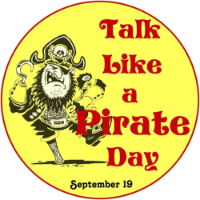
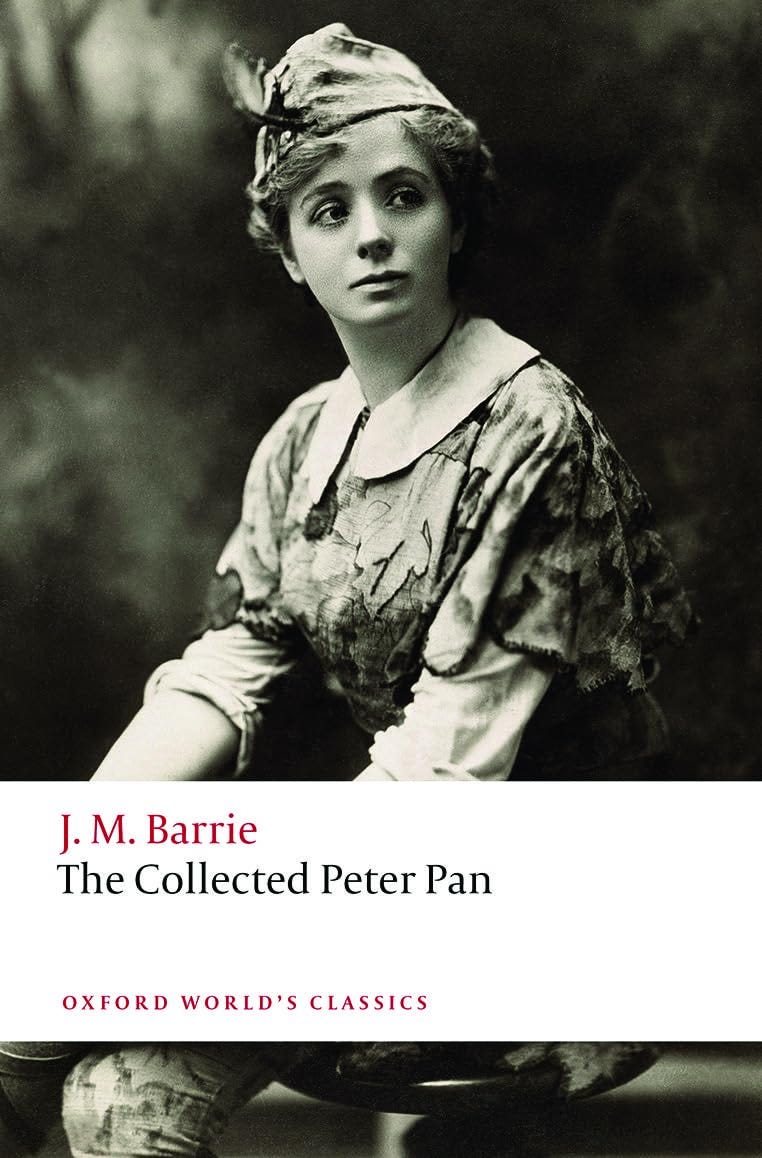
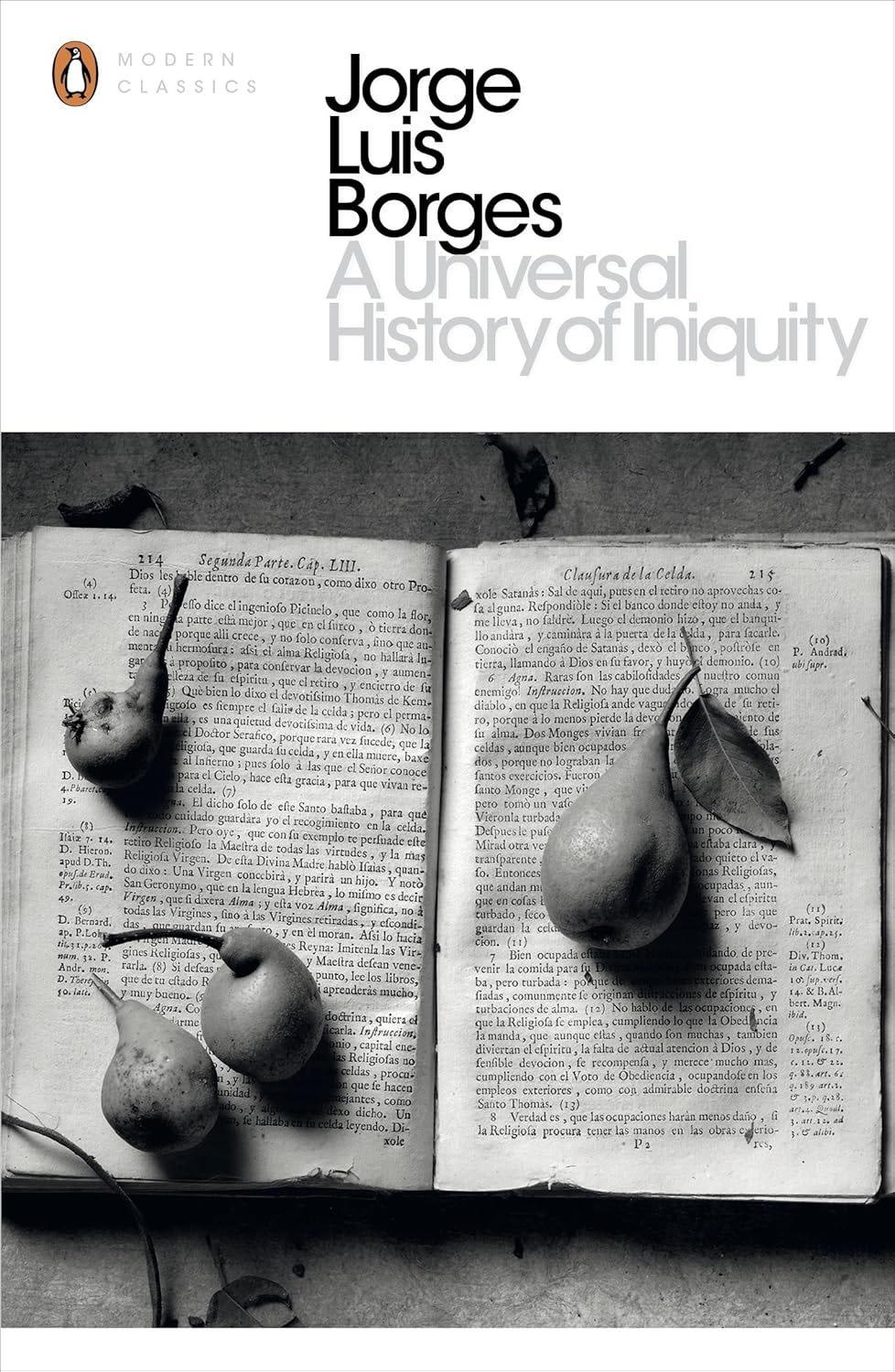

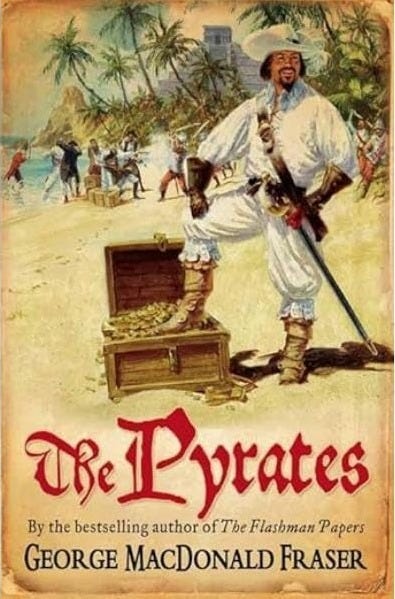
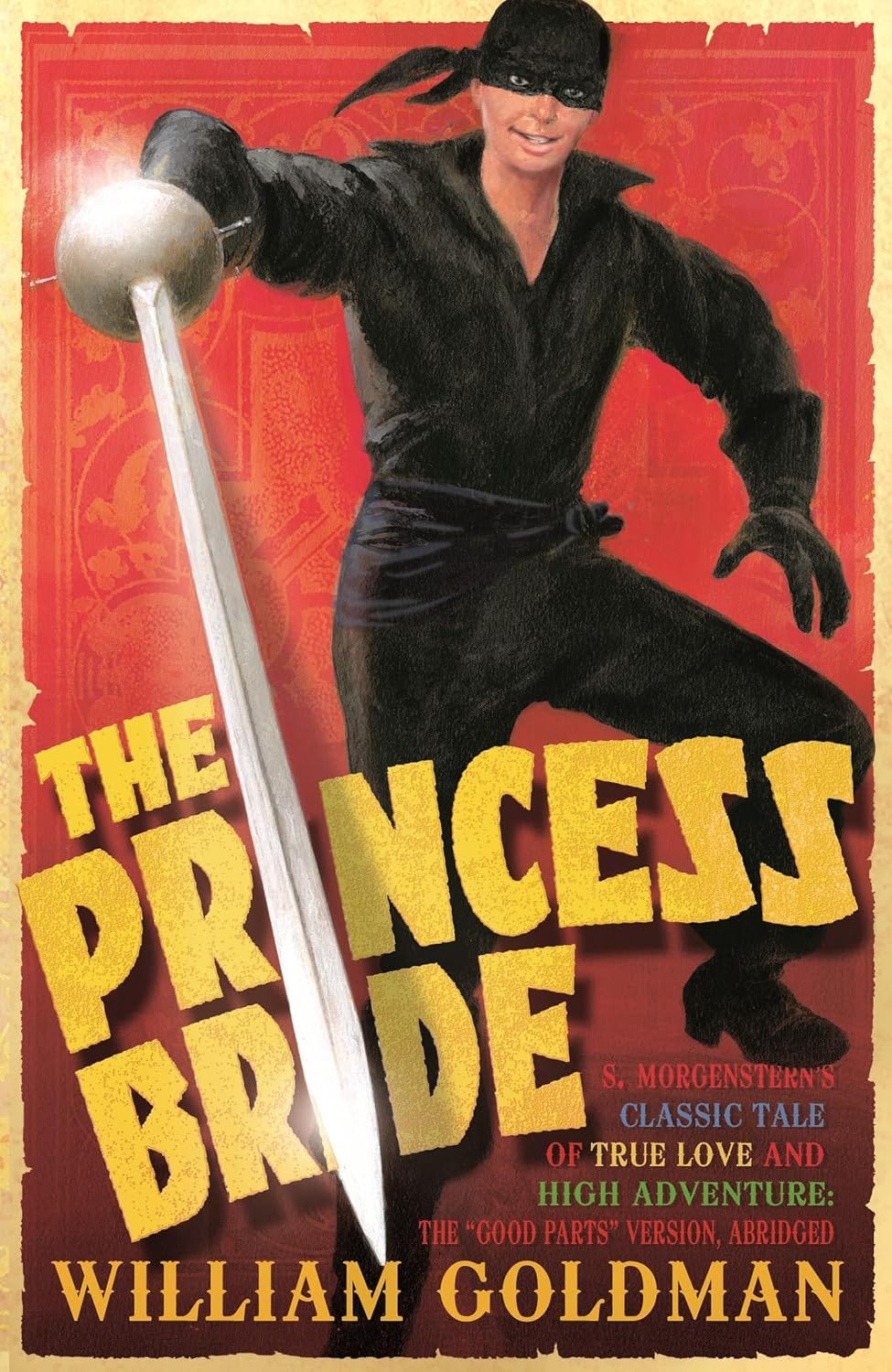
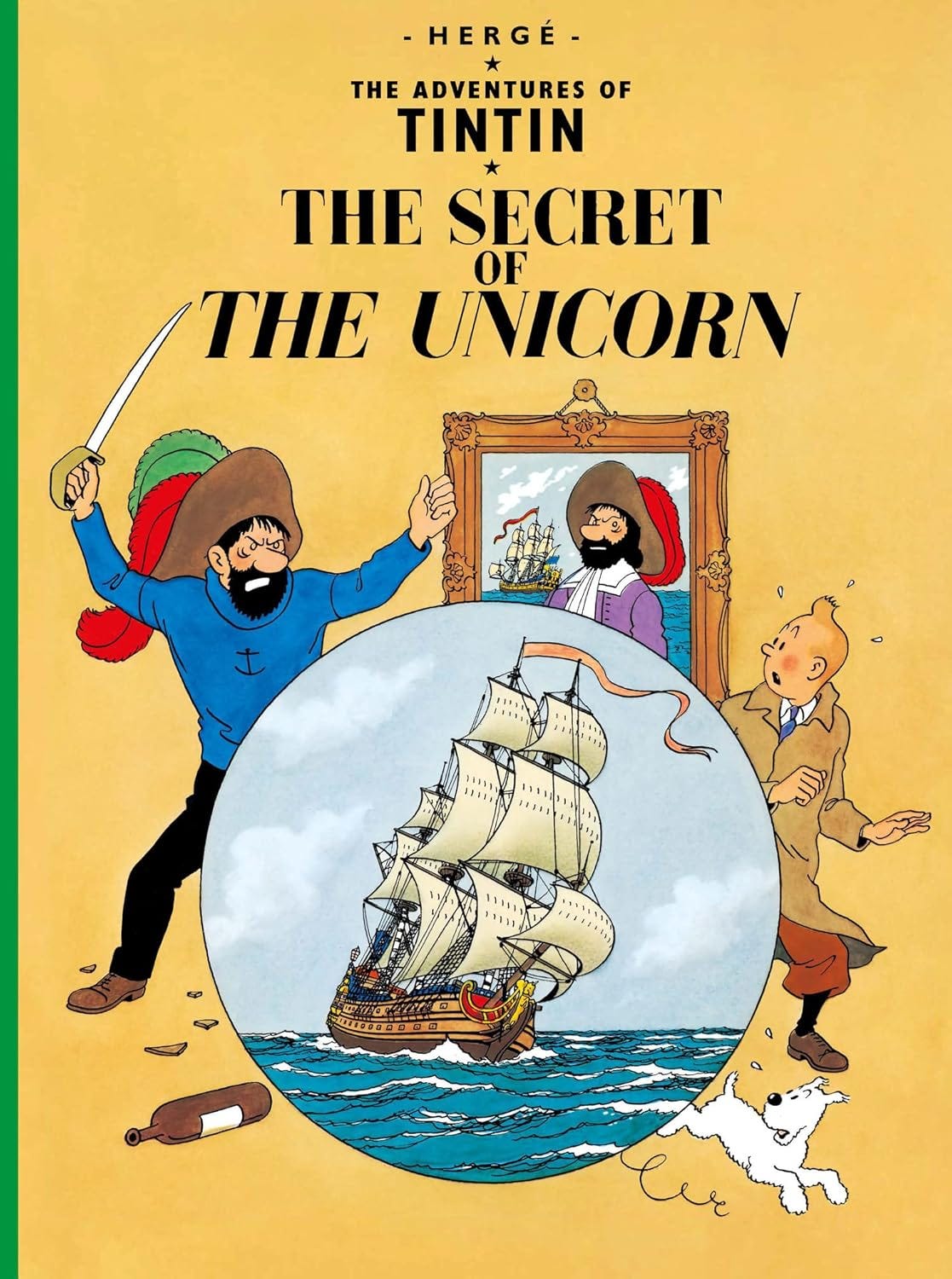
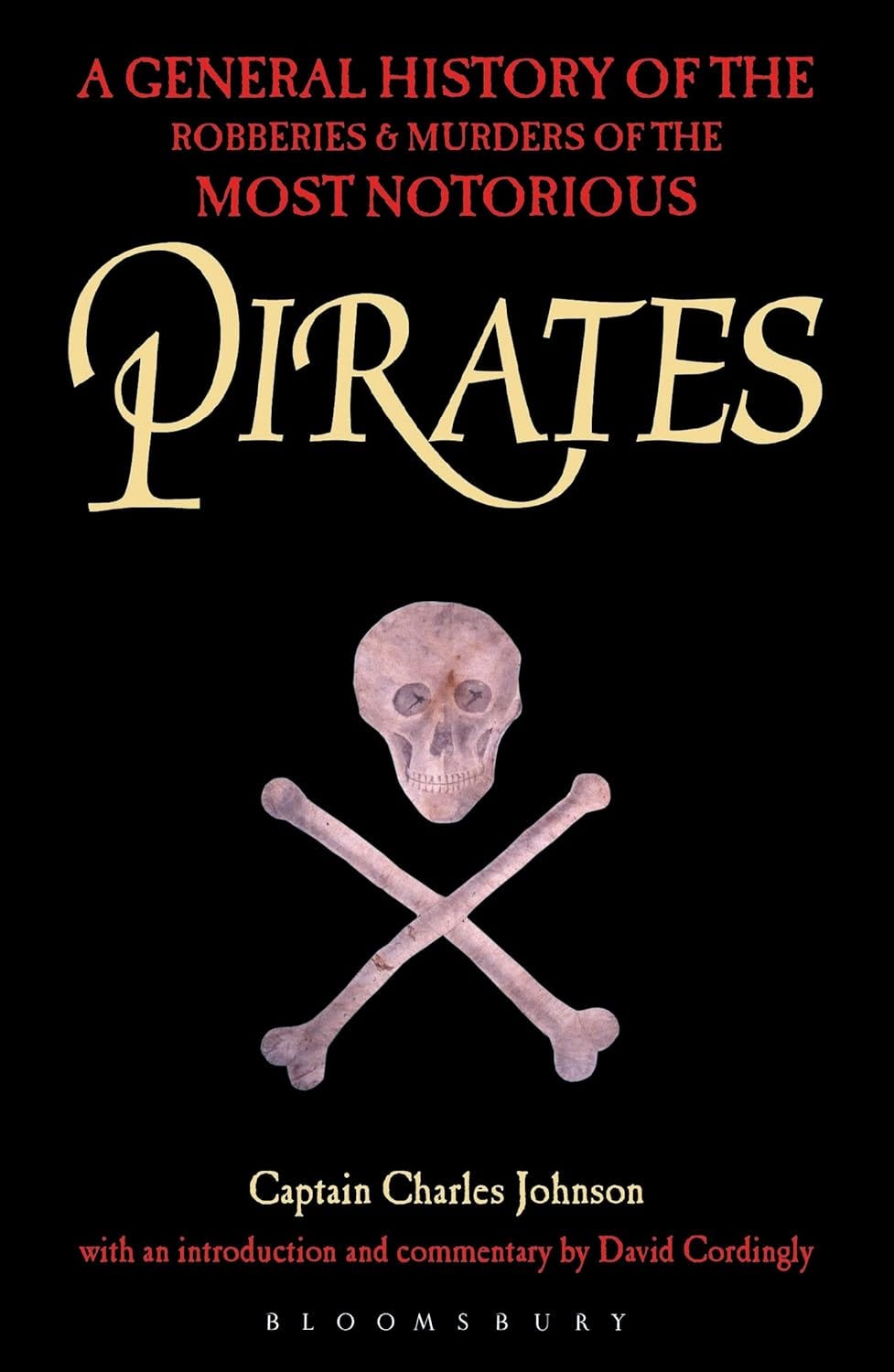
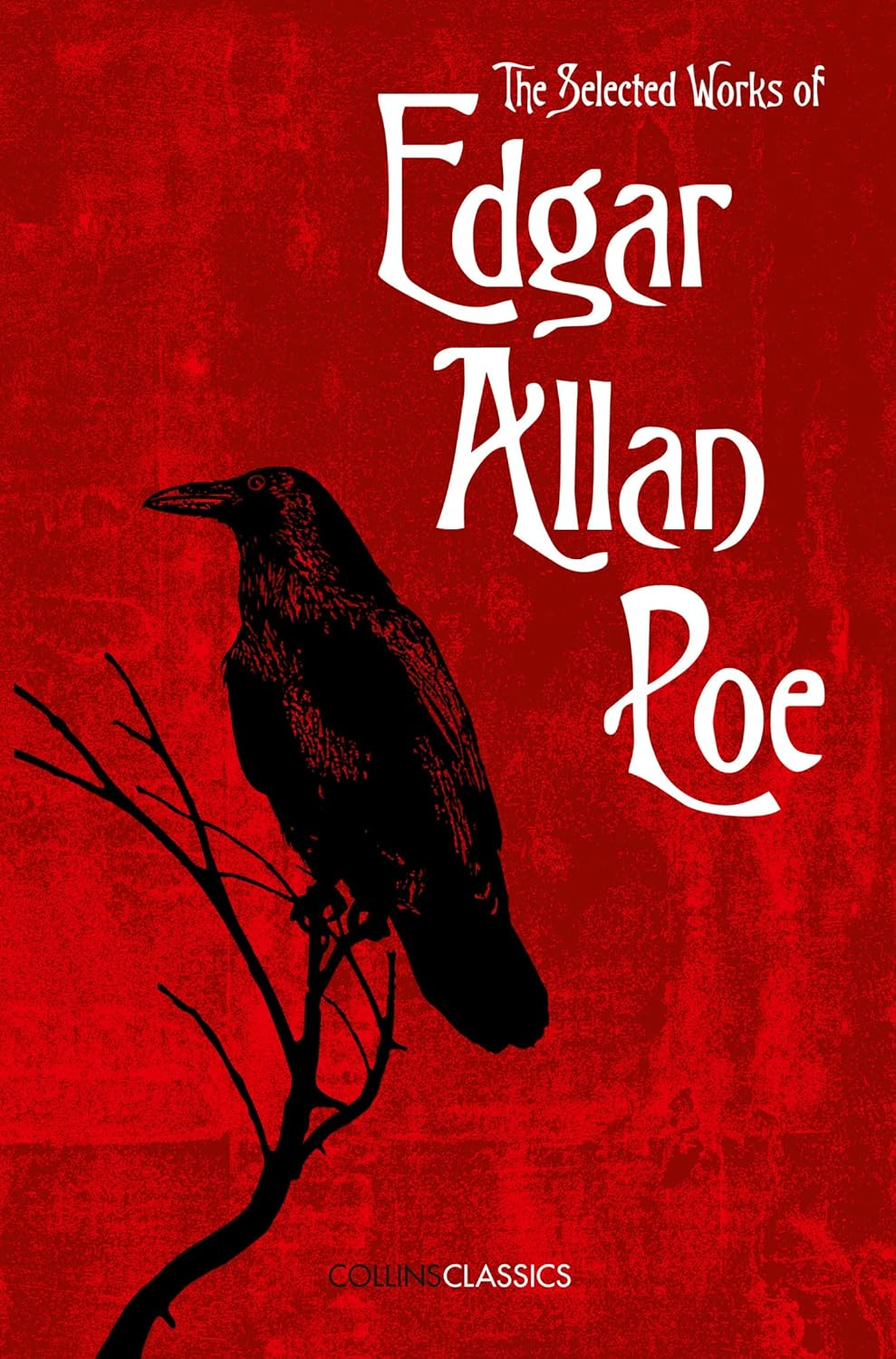
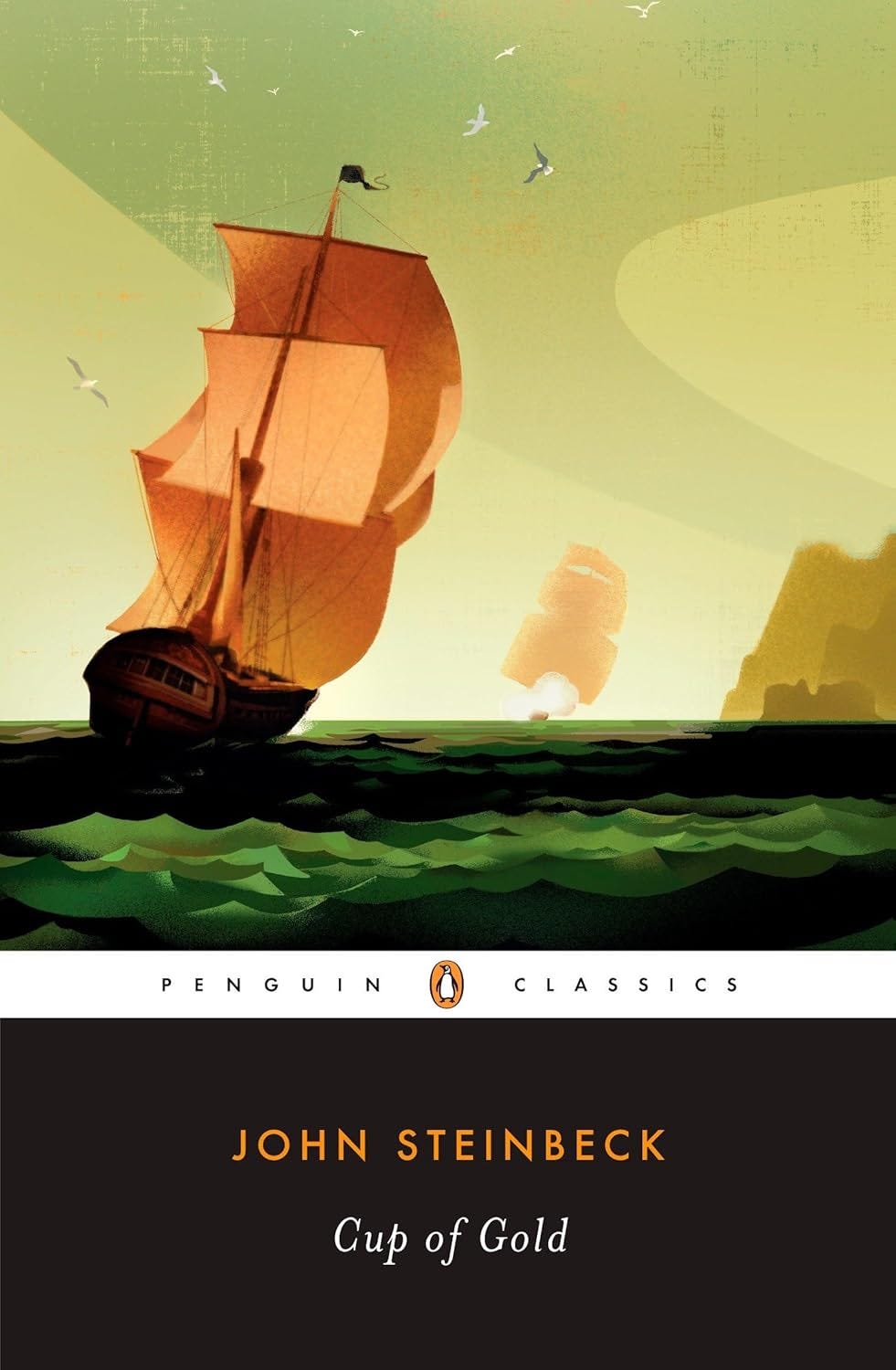
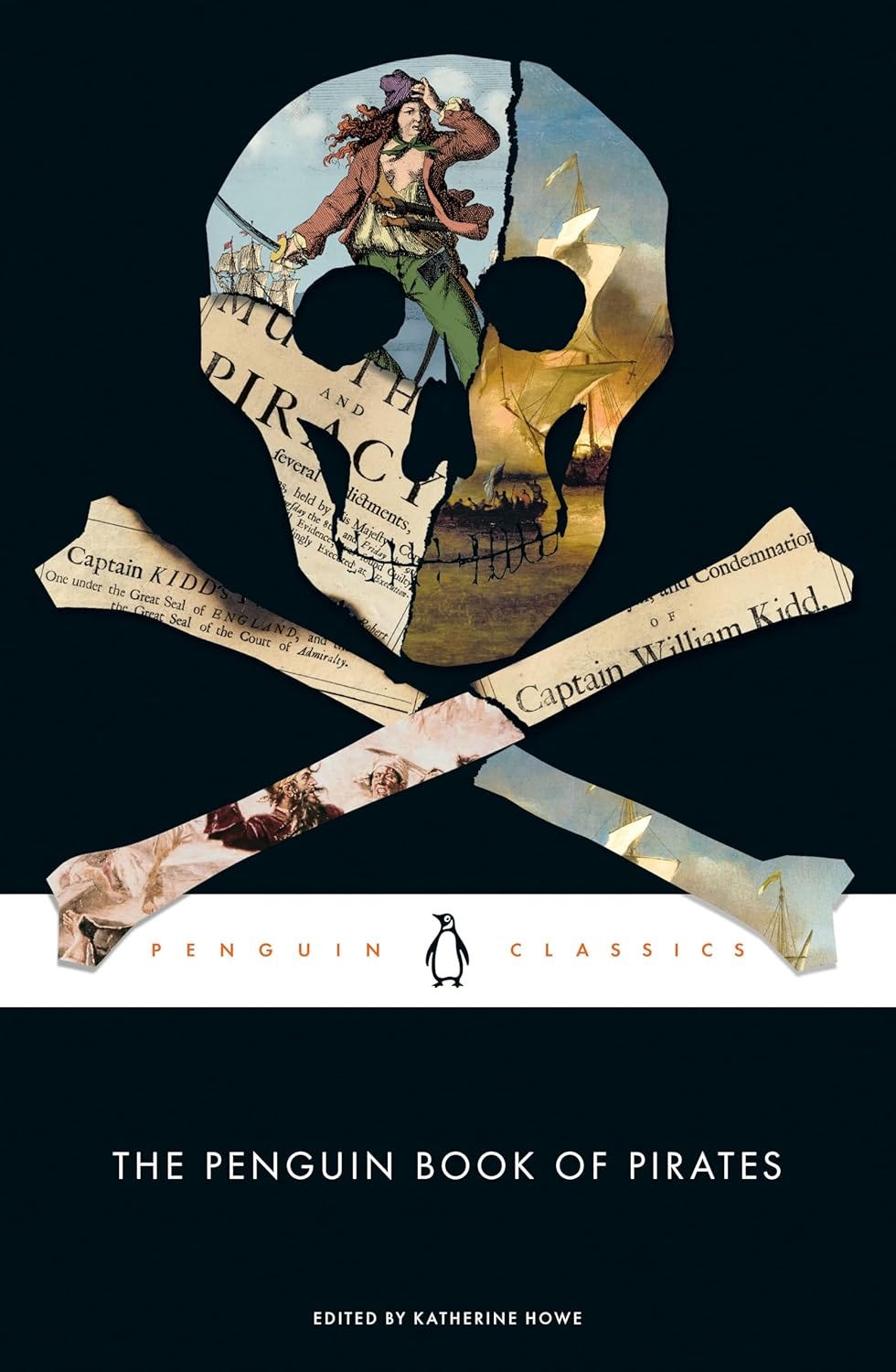
Aaaargh 🏴☠️
Some of the infamous pirates of yore began as privateers, and the lines between oftentimes thinly drawn. Henry Morgan, William Kidd; Blackbeard (Edward Teach) probably served on privaters. Jean Lafitte, a French-American privateer/pirate.
In Patrick O’Brian's Aubrey–Maturin series, drawing from this history, Letter of Marque (Book 12) is a novel of privateering. There's also The Far Side of the World (Book 10), and The Wine-Dark Sea (Book 16) both taking place in the Pacific; pirates and privateers figure in there novels as well.